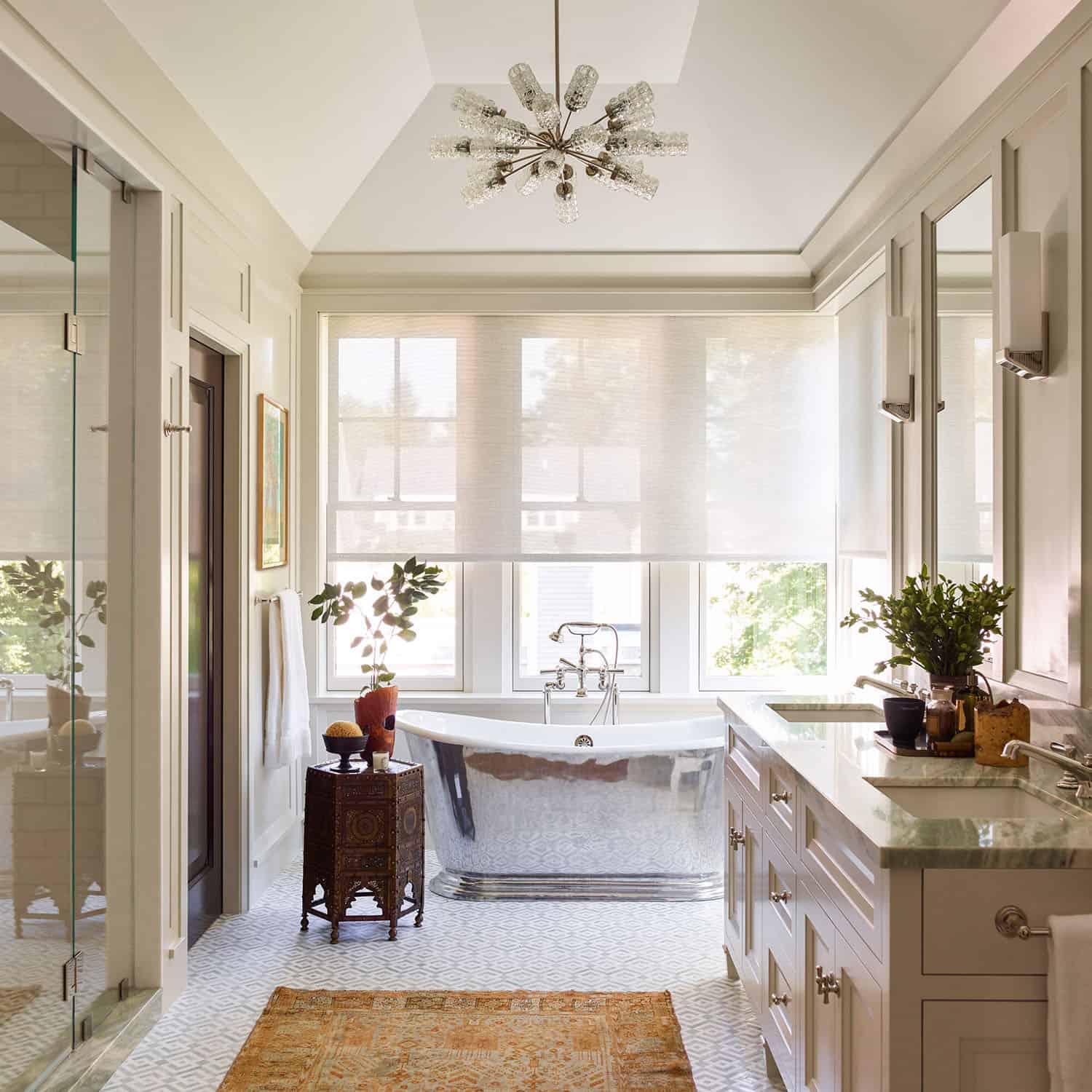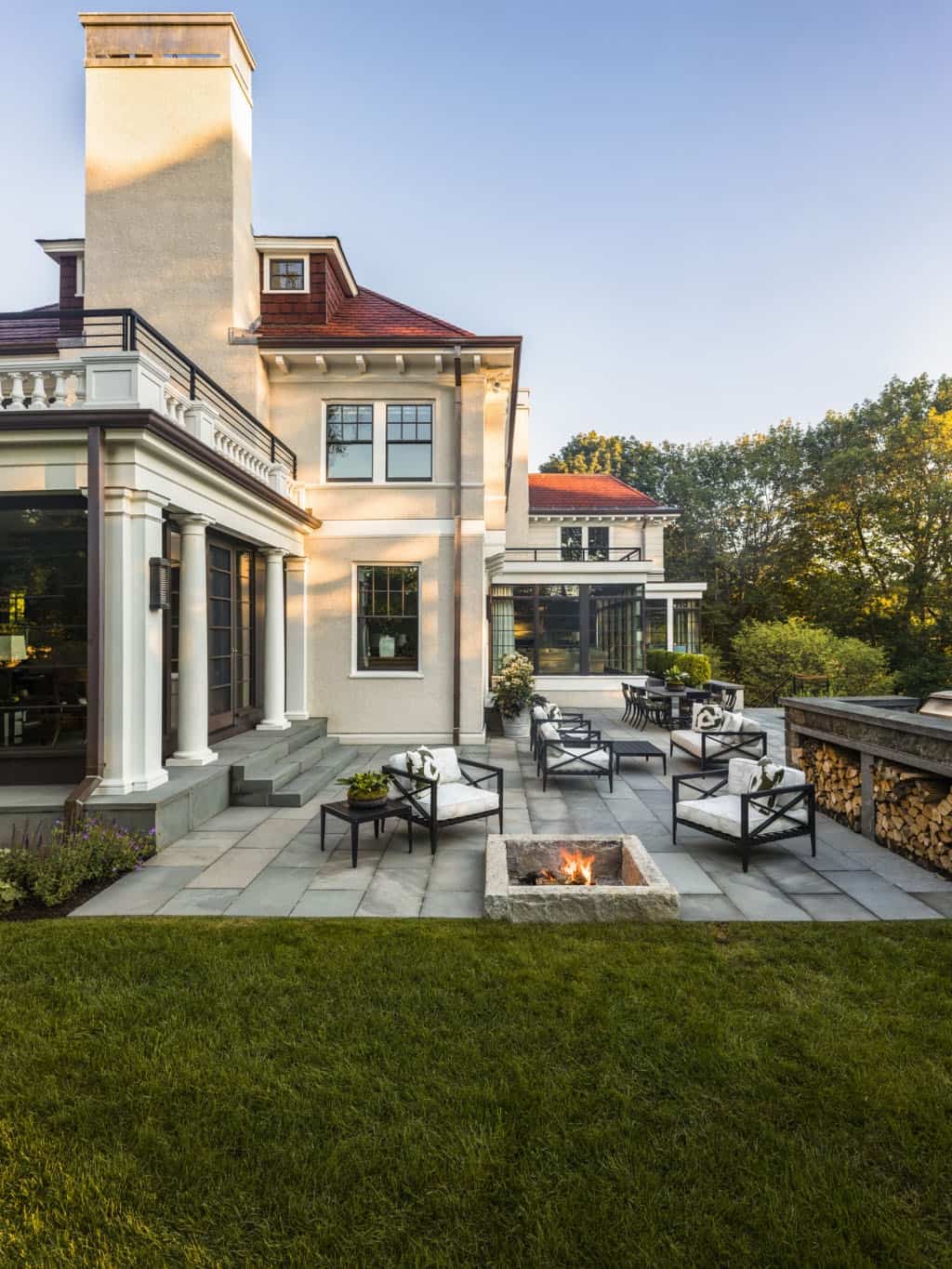Atlanta United FC Chicago Fire Cincinnati FC Colorado Rapids Columbus Crew SC D.C. United FC Dallas Houston Dynamo L.A. Galaxy Minnesota United FC. 1920s Interior Design. Article from frameweb.com. What constitutes an authentic representation of an architect’s work? A project's renders secured the People’s Vote in the Frame Awards 2019 Large Apartment of the Year category, illuminating how the image has come to challenge material as the main means for consuming.
Cuomo Seeks to Bypass Feds for Vaccine Purchase
The governor appealed to Pfizer amid ongoing frustration with the Trump administration, complaining on Monday that the federal government dramatically increased vaccine eligibility last week while distributing fewer doses to the state.
Efforts to Help Family of Woman Killed in Hit-and-Run
A roadside memorial now marks the place on Route 27 where Yuris Murillo Cruz was walking with her two young children on Wednesday when they were struck by a red pickup truck that fled the scene. Ms. Murillo Cruz died from her injuries, and now community members are mobilizing to help the family.
East Hampton Town Targets Seaplane Operations
The East Hampton Town Board appears likely to amend the town code to prohibit seaplanes, with a few narrow exceptions, from taking off or landing in town waters.
I posted a vintage sewing version of this some years ago. Check it out here.
Historical costuming is growing leaps and bounds with the popularity of social media platforms like Instagram, where it’s so much easier to find fellow people with shared interests. But along with a growing interest comes concern for how to afford such hobbies.

Now more than ever it may seem hard for us to justify the extra expenses of hobbies that seem superfluous in light of what’s going on in the world, but I’m here to re-enforce that not only is a hobby good for mental health, but there’s some habits you can pick up to move toward long-term change while being budget-savvy.
Here’s a few tricks I’ve adopted over the years to keep making things that make me happy while working within my family’s income.
My number one tip is to think long-term, not immediate.
This is probably the biggest tip I can offer to you. Usually when working from concept to completion it may feel natural to have the idea first and then source the fabric. But there’s other ways to work that will help you cut corners. Most of my tips fall under that umbrella. Don’t be afraid to live outside the box, and let inspiration come from various angles.
1- Really pour into research on the eras you want to emulate.
This seems like a no-brainer- but this is where you need to start. What eras do you want to sew? Start down that Pinterest rabbit trail and pin to your heart’s content. Don’t just fall in love with an image “just because”. Notice *WHY* it speaks to you. Look at the colors. The patterns. The composition. Look at how the fabric looks. Is it shiny? Matte? Patterned? Solid? Start drawing parallels between what was popular within certain years as far as colors and patterns and fabrics. Look for articles of clothing with actual dates. I highly suggest looking at original period sources like paintings, photographs, and existing garments. This helps train your eye. When you research by looking at other people’s current work it can influence your choices, while looking at the period of your interest will help you make your own choices and find something that speaks specifically to you.
Gent 1920 Kitsempty Spaces The Blog Free
Analyze the period. Learn from it. Train your eye. This part is mostly free!
2- Let the fabric do the talking.
One of the issue with working design-first is that you’re really limited to what sorts of fabrics and color palettes you can work with. If you fall in love with the idea of a dress you’re limited to what’s currently available on the market. Usually this means you must shop traditional methods and haunt well-known stores that hold a larger inventory. But once you’ve become familiar with the period, like in my last point, the more you’ll be able to see a fabric and say “AH HA! This is perfect for *insert date here* *insert garment here*. If you’re in a reenactment group you can run it by your group leaders, but if you’re like me and just make it for art’s sake, you can chose what you want based on what *you* want. Be confident in your choices.
Working from fabric first means that if you find place in unusual areas, with budget in mind, you can leap at those opportunities and not worry about sourcing specifics.
I’ve found silk for $5/yd this way and let the fabric tell me what it wanted to be. When if I had worked the other way around based on a concept first I’d be paying more like $20/yd to find a particular color in a particular time frame.
3- Shop outside the box.
Some of my best finds have come from the curtain section at the thrift store. No joke. I have found 100% cotton velvet curtains for $15 for two panels. That’s insane. Same for dupioni, taffeta, and cotton curtains. I’ve cut up thrifted sheets for victorian petticoats. And I’ve shopped the sale section at fabric stores for off-season cuts that will make an awesome dress for next year. Think ahead. Get creative. Thrift, garage sale, follow the sales, and JUMP when it’s time to JUMP.
4- Know what colors work for you.
Maybe this isn’t so much budget as just shopping-sense. But if there’s a baby poop green silk taffeta on clearance for $5/ yd, don’t be romanced by the price tag if the color makes you look like death. Because even if those five yards only cost you $25, that color still makes you look like death and that $25 could go to something that would be more flattering and you’ll like more.
This hobby takes a ton of man-hours to make something beautiful. Spend those hours making something pretty, not something that you keep having to talk yourself into liking.
Learned this one from experience.
5- A cheap cotton might be better than a cheap poly.
Let’s be clear- you can sew of anything you darn well please. I’ve made entire bustle dresses out of poly so I’m not here to judge you. But I can tell you I’ll wear a cotton dress hands-down over that gorgeous poly dress because the poly dress is hot and uncomfortable and no matter how cheap it was or how pretty it looks in photos- if I feel like I’m wearing a plastic trash bag and my armpits are sweating I’m not going to be having fun.
So figure out what fabrics FEEL GOOD on you and don’t just be romanced by price tag or pattern. Adding another one to the “don’t buy it just because it’s a good deal” lesson.
6- If you really love an era, build a capsule wardrobe.
This works really well for Victorian but also 18th century. Do you love this period? Do you want to make a bunch of things but hate building corsets? Pick an era, make your panties, and then start building a wardrobe an average person would have had. This means you can make those underskirts in basic solids and mix-and-match elements while working within a color palette. Personally, I have found better deals on earth tones like browns and golds, which works GREAT for me, because then I can source five yards of this here, five yards of this there, and cobble together a great Victorian dress using an underskirt that can work for many dresses, and if I’m super lucky I can get a fabric that has enough to make both day and evening bodice options, and make my dresses work for even more.
Pinterest is a great tool to build a wardrobe. You can identify not only what you need, but what colors will work and how you can mix and match. Or just use good ol’ paper and staple your fabric swatches to your sketches.

7- Make less. But make it the best you can make it.
Gent 1920 Kitsempty Spaces The Blog 2017
Instead of pumping out a half dozen dresses in a year you’re only “so-so” about, perhaps put that fabric budget into something that takes you longer, but that you love. Spend the time finishing the seams. Make the time to add all the trims. Think about it long-terms. Learn to enjoy the process. And make something you’re super proud of.
Gent 1920 Kitsempty Spaces The Blog Youtube
And don’t forget to add extra seam allowance at the side-seams and shoulder seams so you can let that garment out in future and get even more use from it.
Gent 1920 Kitsempty Spaces The Blog -
Things move so fast on the internet that I fight with myself over this one constantly. But I’m learning to move at my own pace without worrying about what everyone else is doing, and really enjoy the making process. Making a dress in sections while investing maybe $25 a month long term means those bigger dresses that cost more can be spread out over time and work within your budget. And as you hone your skills during the process you’ll be really proud of how much you’re learning and how far you’ve come.
8- Get to know e-patterns
Obviously this might come across funny since I sell patterns, but i’ve recently been seeing the advantages to owning e-patterns I’ve bought from other makers. Not only are they great for instant gratification, but the best thing for me is that if you change sizes, or if you lose a piece, you can just print it out again. Pick pieces you’ll get long-term use from, and pick basics you can change up with trims and pattern alterations.
Of course, you can do the same thing with paper patterns.
Some people cut this altogether and draft their own- but as a pattern seller and pattern addict I can say I’m very happy to buy a pattern and alter it to my needs instead of always drafting up from a book or drafting from scratch. If someone’s already put the hard work in, I’m glad to take advantage of their work for a starting place instead of re-inventing the wheel.
That’s most of my tips for what I do to costume on a budget.
Do you have things you like to do? Let me know in the comments!
